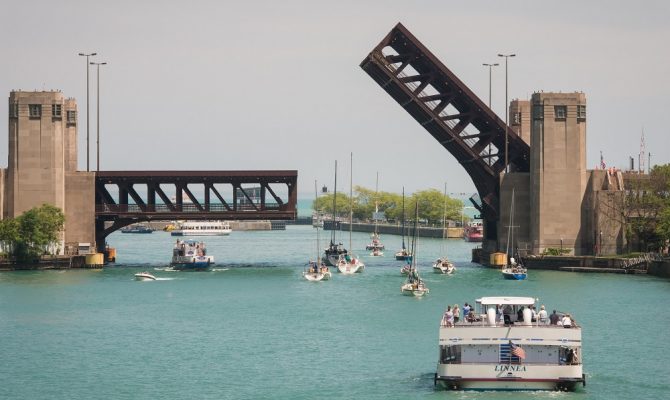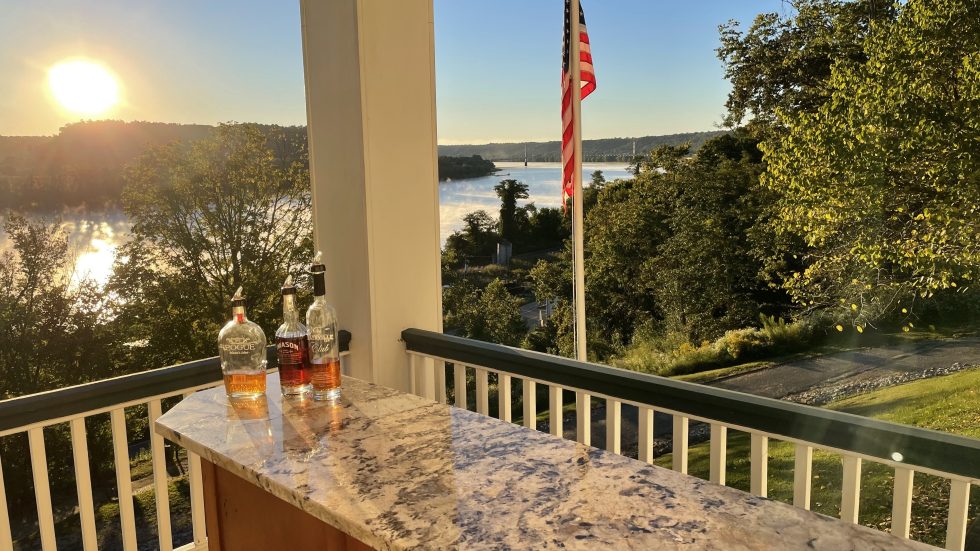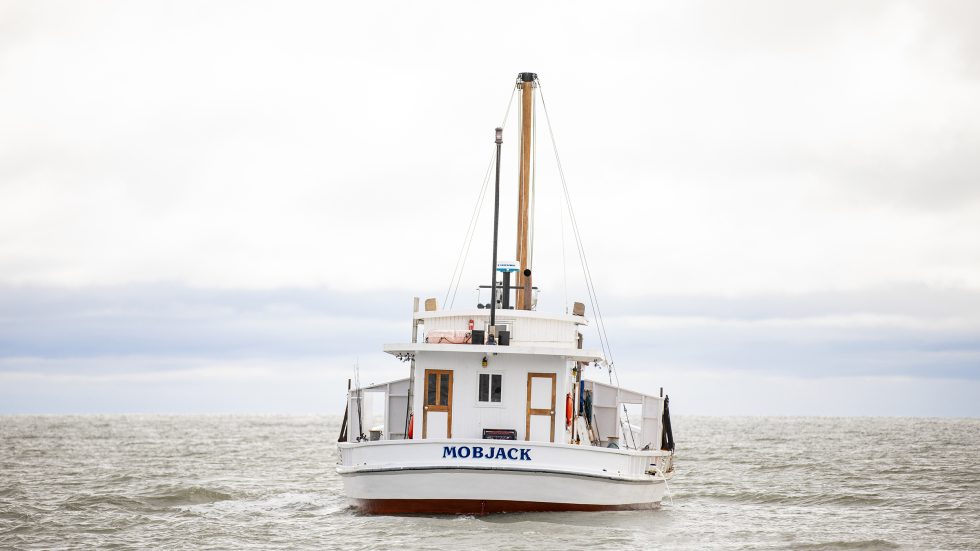Remind me again what the prize is for being the first through? There must be one, because all too often I’ve seen a spirited competition for that post position. And the frontrunners often forget that wind and currents tend to be tricky within the narrow channel of a draw.
Experienced boaters waiting in current-infested channels know that the set is quicker when they’re broadside to the stream. Watch the shore as you swing the bow around to breast the current; odds are that during the turn you’ll be set further down than expected — which can be embarrassing if there’s a bridge or another vessel in the way. Bow or stern to the wind or current enables the vessel to hold position and can keep you from needing to execute an inadvertent 180.
There’s also etiquette involved. Down-current vessels have the right of way and should be allowed to proceed through the draw before the upstream crowd. It’s common courtesy.
Be nice to the auxiliary sailboat; odds are he’s underpowered, which can create problems as he negotiates through. Be nice also to the hotdogger who needs to pass everyone while slower vessels are shaping up for the span. Yes, he should be punished, but not by you. In other words, don’t give in to the impulse to “kind-of drift” in his way as he powers through the pack, thus forcing him to back off. Perhaps there’s a lurking sea-cop who will give the cur his just due.
When there’s a crowd waiting for the bridge, hang astern and not in tandem. You don’t want to be abeam when your neighbor executes a panic turn.
Fuel Drop
Where else is there a lively flock of anxious boaters? Around the fuel dock, of course. (I’m not going to touch on launch ramps here; that’s a whole different article.) Yes, nobody likes hanging out watching grandpa fuel up seemingly with an eyedropper, but edging ever closer and glaring probably won’t make him fuel faster.
What will make the fuel flow is hanging by one line while you’re doing the deed. Every line less than a proper bow, stern and, if necessary, springs, increases the chance of a spill. And we all know what that gets us: the possibility of another spill — from the bank account.
Again, patience and proper seamanship is the key here.
Life’s A Beach
OK, let’s skip the disaster scenarios, anchor off a welcoming beach and enjoy the day. We’re talking mostly common sense here, but we’ve seen the results when one is too carefree.
Boats like to have their pointy ends into the wind/current/wakes, which often are not apparent on a calm day off a lake or riverfront beach — but one of them will show up sooner or later. Therefore, when dropping the hook off the beach and then backing down so you could run a stern anchor ashore, it’s not a bad idea to make a dive down to the anchor. A few feet of chain in line with the stock parallel to the bottom (after asserting that the fluke is well dug in) indicates a good set. A “sentinel” — a weight, it could be a lighter anchor — can be lowered down the rode after the hook is set. This assures more line on the bottom parallel to the stock and will greatly increase the holding.
If you prefer to drop a stern anchor and haul the bow hook ashore, bridle the rode by bending it to a line running from one stern cleat to the other. The the pull will be centered and the strain shared between the stern cleats. However, when dropping astern anchor, keep in mind that any swells or wakes will create uncomfortable motion at best, and the holding will not be as secure as dropping the hook from the stem.
There’s always the second anchor option. After the first hook is set, pay out line and motor off at about a 45-degree angle and drop another one; go through the dropping/setting procedure again and then bring in the slack of the first drop. It’s a good idea to float a buoy above the anchor(s) to inform passing boaters.
When all is set (pun intended) and done, we can get on with the main focus of boating — enjoying ourselves.
[author][author_info]Stuart Reininger is a regular contributor to HeartLand Boating magazine.[/author_info] [/author]




